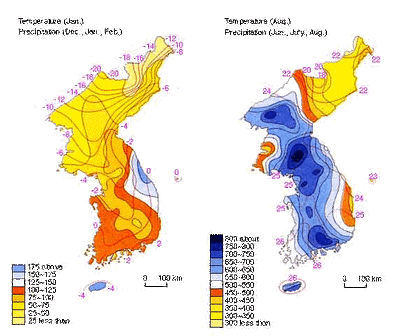The world is a tapestry of life, woven together in intricate patterns that sustain the planet. At the heart of this tapestry lies our ecosystems, the fundamental network supporting biodiversity, human existence, and the intricate balance of our natural world. As stewards of the Earth, the responsibility of conserving ecosystem energy cannot be overstated. This conservation is not merely an act of preserving nature; it is an imperative to maintain the equilibrium that sustains life itself.
To grasp the essence of conserving ecosystem energy, one must first understand the interconnectedness of biotic and abiotic components within an ecosystem. Each organism, from the tiniest microbe in the soil to the towering trees in the forest, plays a role akin to threads in a grand design. When one thread frays, the entire tapestry risks unraveling. Thus, conservation efforts must be both holistic and precise, addressing the unique energy needs of various ecosystems while recognizing their vulnerabilities.
One of the most pressing challenges facing ecosystems today is the consumption of natural resources at an unsustainable pace. The concept of sustainable resource management serves as a cornerstone for conserving ecosystem energy. By implementing practices such as agroforestry, permaculture, and aquaponics, we can create sustainable systems that not only meet human needs but also enhance the resilience of the ecosystems that support them.
Agroforestry, for instance, blends agricultural and forestry practices, allowing farmers to harvest crops alongside trees. This synergistic approach not only yields food but also stabilizes soils, improves water cyclicity, and provides habitats for wildlife. Moreover, trees sequester carbon dioxide, acting as natural air purifiers and helping to combat climate change. Thus, the interplay between human endeavor and natural processes exemplifies how ecosystem energy can be conserved through thoughtful integration.
In the realm of water conservation, the implementation of rainwater harvesting systems and constructed wetlands represents a shift towards a more symbiotic relationship with our environment. By mimicking natural processes, these systems can filter pollutants, recharge aquifers, and mitigate flooding. Nature’s own designs are often the most efficient and effective solutions. This principle of biomimicry encourages us to observe and learn from nature’s mechanisms, using them to enhance our energy conservation strategies.
As we delve deeper into the myriad ways to conserve ecosystem energy, we must also address the pressing need for education and community engagement. Empowering individuals and communities to understand the significance of their local ecosystems fosters a sense of ownership and responsibility. Community-led initiatives, such as local clean-up days, tree planting, and educational workshops, create a culture of environmental stewardship and spark collective action.
The metaphor of the “cascade effect” is particularly relevant here. Just as a drop of water sends ripples across a pond, every small act of conservation can lead to monumental changes within an ecosystem. When communities come together to protect their local environments, they create a ripple effect, influencing neighboring areas and inspiring a broader movement.
Nevertheless, preserving ecosystem energy is not solely the domain of individuals and communities; government action and policy reform are imperative components of systemic change. Policymakers must advocate for the protection of critical habitats, establish protected areas, and enforce regulations that curtail detrimental practices, such as deforestation and overfishing. By implementing policies that prioritize biodiversity and ecosystem services, governments can forge the path toward a more sustainable future. Incentives for sustainable practices, such as subsidies for renewable energy and regenerative agriculture, can catalyze significant momentum in the conservation movement.
The protection of biodiversity is intrinsically linked to the conservation of ecosystem energy. Each species represents a unique puzzle piece integral to the larger picture of ecological health. The loss of species triggers a chain reaction, disrupting food webs and leading to ecosystem degradation. Conservation efforts must therefore be driven by a commitment to protecting habitats and the organisms that inhabit them. Maintaining genetic diversity is crucial; it ensures resilience to environmental changes and fosters adaptive responses to shifting conditions.
Technological innovations offer promising avenues for enhancing our energy conservation initiatives. The development of remote sensing technologies and ecological monitoring systems allows scientists to track environmental changes and assess the health of ecosystems in real time. This data-driven approach supports informed decision-making, guiding conservation efforts where they are most needed.
Promoting sustainable living habits among individuals is equally vital for conserving ecosystem energy. Small changes in daily behavior, such as reducing waste, minimizing energy consumption, opting for public transportation, and embracing a plant-based diet, can collectively yield significant benefits. Our choices resonate within the larger ecological framework, reflecting our commitment to preserving the environment for future generations.
In conclusion, conserving ecosystem energy is an intricate dance of interdependence, requiring collaboration across all levels of society. It involves implementing sustainability practices, fostering community engagement, advocating for policy reform, and leveraging technology to protect our natural world. By recognizing the intricate connections that bind us to our ecosystems, we can ensure that this vibrant tapestry of life continues to thrive, maintaining the balance essential to our planet’s well-being. As we take steps toward this noble objective, let us remember that every action counts, and together, we can weave a future where both humanity and nature flourish in harmony.








